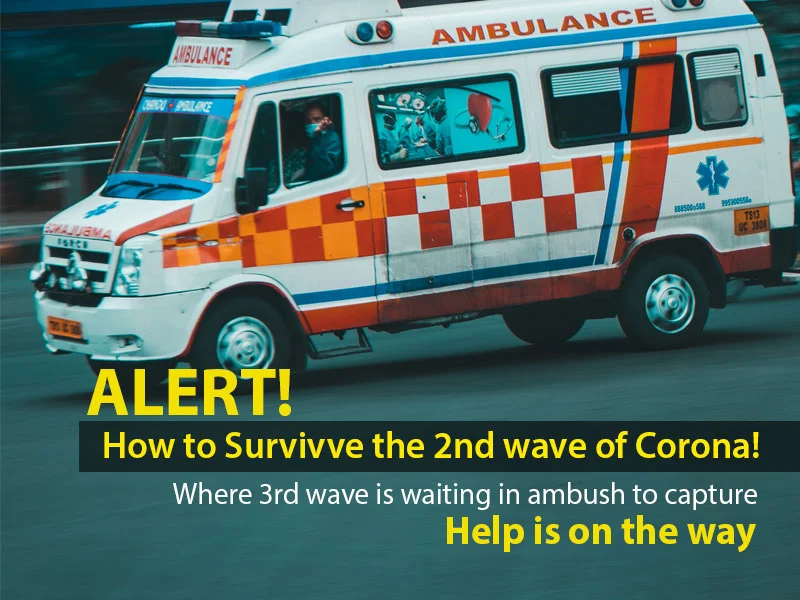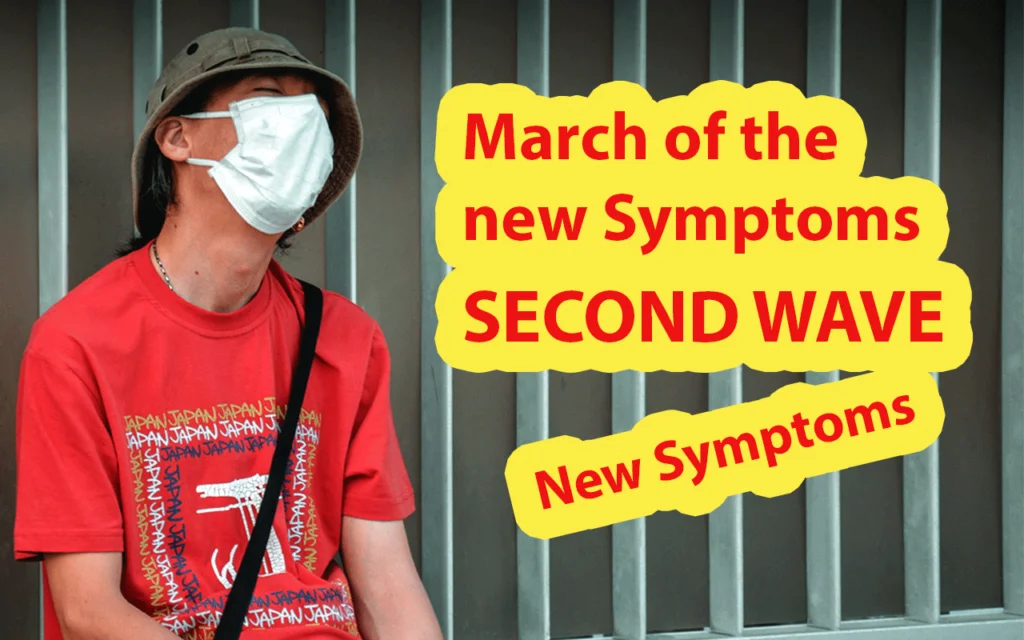Read 3 articles and stand to win rewards
Spin the wheel now
SINGAPORE – Experts say Singapore should be on track to further ease Covid-19 measures soon, given the current situation and how things have developed over the past three weeks.
They added that while it is still too early to tell the impact of the Omicron variant, there have been some encouraging early signs.
Associate Professor Alex Cook, vice-dean of research at the National University of Singapore’s (NUS) Saw Swee Hock School of Public Health, told The Straits Times that unless the authorities are waiting to give more people their booster shots or get children vaccinated, there “isn’t much else to wait for” in reopening.
“It makes sense to be a little cautious while the Omicron epidemiology is gauged, but I’d be surprised if there isn’t further relaxation of measures soon, perhaps come the new year,” he said.
A report by the Saw Swee Hock School of Public Health on Friday (Dec 10) said the characterisation of Omicron is still “very uncertain” and emphasised that there may be significant changes in the understanding of the virus strain over the next few weeks.
But it noted that the variant will likely spread more easily than the original version of the virus.
The report cited data suggesting that the proportion of Omicron cases developing severe disease is lower than with the Delta variant.
But it cautioned: “This doesn’t necessarily mean Omicron is milder. It could be influenced by population characteristics of South Africa and previous waves of infection building up immune resistance, or cases so far being predominantly younger people.”
Omicron infection in parts of South Africa is now spreading among the older age groups, which will likely affect the number of hospital admissions and the risk profile posed by the virus, added the report.
Prof Cook said that Singapore should have a much clearer idea of the threat the variant poses by the end of the year.
Noting that Singapore has already begun the process of easing its measures, he said that were it not for Omicron, the situation would have allowed for a more aggressive reopening.
The multi-ministry task force tackling the coronavirus here had earlier eased measures on Nov 22, allowing people to gather in groups of up to five.
Announcing this on Nov 20, Finance Minister Lawrence Wong, who co-chairs the task force, had also said Singapore would be unlikely to further ease Covid-19 restrictions in December, and that the country would consider its next steps “around the end of December” if all went well.
On Nov 30, Health Minister Ong Ye Kung said Singapore would freeze all new vaccinated travel lanes (VTLs) and relaxations on social measures as the authorities acted to buy time amid the spread of the new variant worldwide.
Prof Cook noted on Friday that since the middle of last month, the number of new cases has fallen from around 2,000 or 3,000 a day to fewer than 1,000.
While he acknowledged that the fall had been tapering off recently and that some of the drop could be due to fewer people getting formally diagnosed, he said the number of patients in intensive care units (ICUs) has also fallen “quite a lot” over the last few weeks.
“This gives some confidence we are rounding the corner,” he said.
Professor Paul Tambyah, senior consultant at the National University Hospital’s division of infectious diseases, noted that the daily reported numbers do not include those who test positive via antigen rapid tests, which, according to the Ministry of Health’s (MOH) guidelines, should be the majority of cases.
But the professor of medicine at the NUS Yong Loo Lin School of Medicine added: “What is more important is that most of the public hospitals are now apparently able to start reducing the additional beds that they had set aside for patients with severe Covid-19.”
In addition, the number of patients in the ICU and the number of patients who need oxygen supplementation have remained relatively stable, said Prof Tambyah.
Addressing concerns about how Omicron may affect measures, both experts said more time is needed to see its full impact.
Prof Tambyah said the bed occupancy rate statistics, which can be found on MOH’s website, remain an important parameter.
He added that the geospatial map provided by MOH is also key as it allows people to know roughly where the large clusters are so they can seek medical attention if they are unwell and have been to any of those areas.
Prof Cook said that the number of severe cases remains the critical metric people should watch.
“That’s what we’re trying to avoid – deaths and diversion of the healthcare resources towards severe infections.”
Join ST’s Telegram channel here and get the latest breaking news delivered to you.
MCI (P) 031/10/2021, MCI (P) 032/10/2021. Published by SPH Media Limited, Co. Regn. No. 202120748H. Copyright © 2021 SPH Media Limited. All rights reserved.
We have been experiencing some problems with subscriber log-ins and apologise for the inconvenience caused. Until we resolve the issues, subscribers need not log in to access ST Digital articles. But a log-in is still required for our PDFs.

COVID-19
Surviving The 2nd Wave of Corona
‘This too shall pass away’ this famous Persian adage seems to be defeating us again and again in the case of COVID-19. Despite every effort

